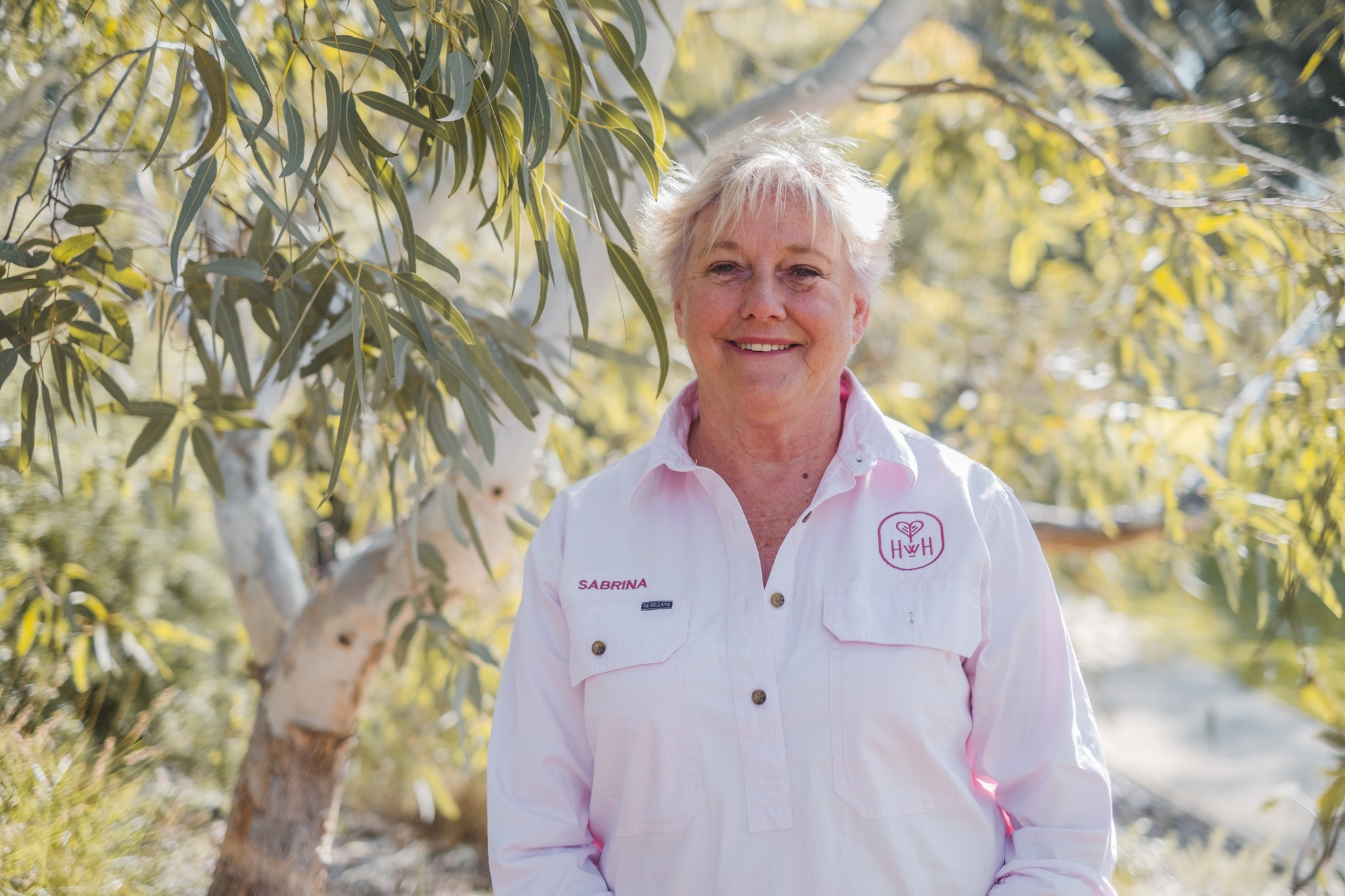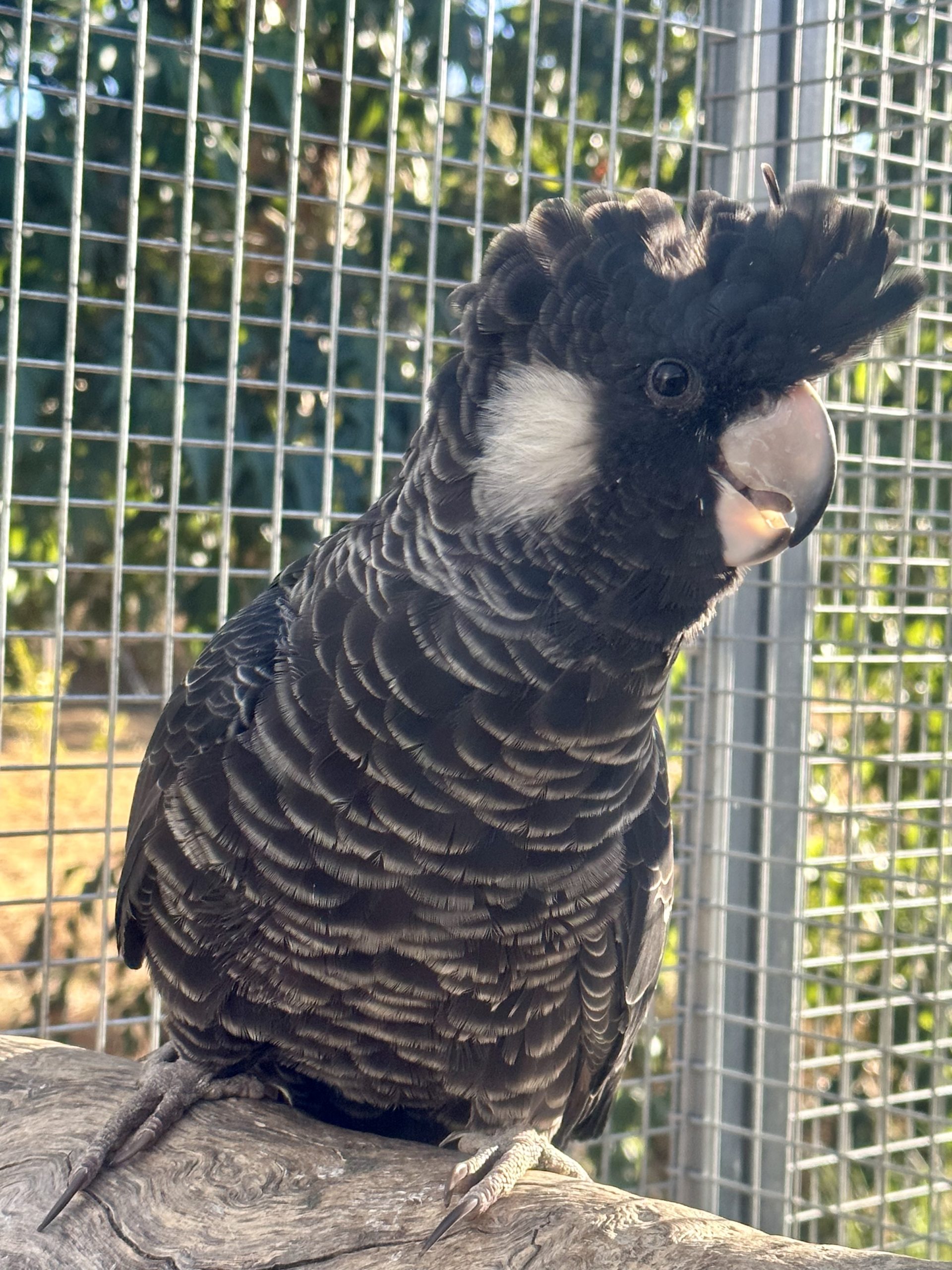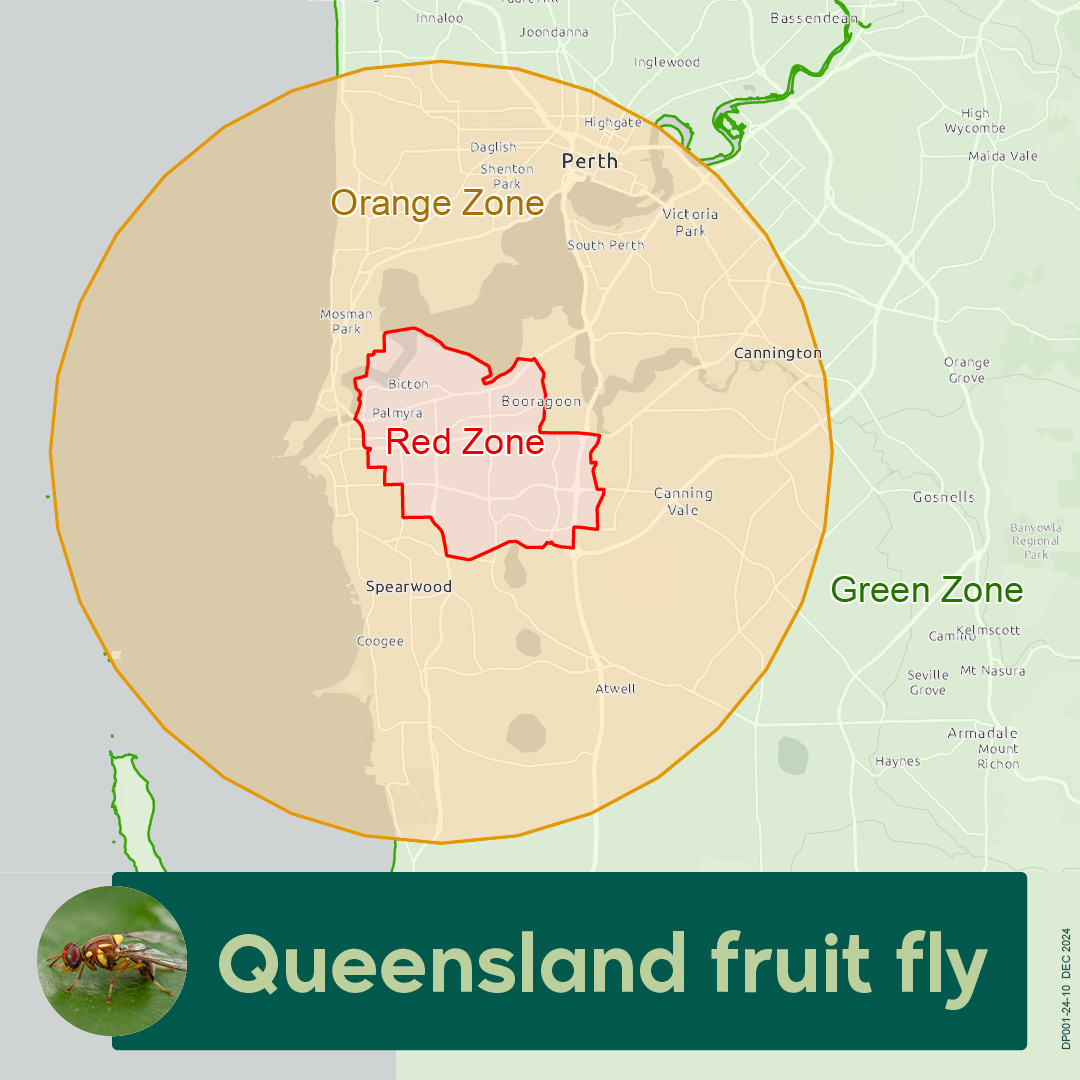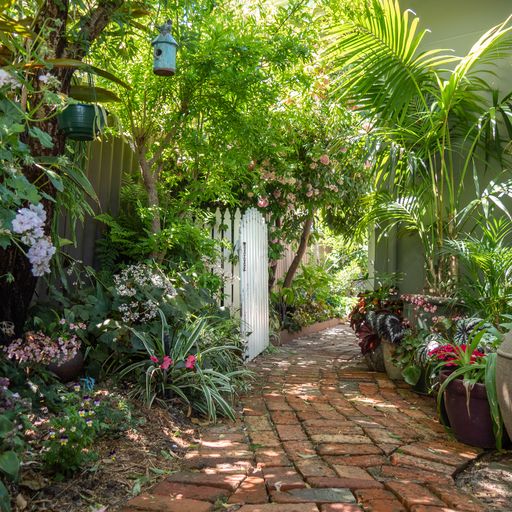Controlling Fruit Fly
With the resurgence of the ‘Growing Your Own’ food, fruit tree sales are rocketing. Add to that the fact that most fruit trees are now available on dwarf root stock, I believe just about every home will have at least two fruit trees. However, in order to keep our joy in balance, the world landed us with the Mediterranean Fruit Fly. Fruit fly lay their eggs into the fruit and the larvae cause the fruit to ripen prematurely and rot on the tree. You will be left with a soft weeping sloppy mess full of maggots. Not the vision most gardeners have in their minds when planting out their fruit trees.
Life Cycle:
Although adult fruit fly live a few months, they can sure pump out the puppies. One adult can lay up to 1000 eggs in their short lifetime. The eggs hatch in 3-5 days growing into maggots about 9mm long and over the next 3-7 weeks eat their way through your fruit. If the fruit drops to the ground the larvae will burrow into the soil and pupate ready to start the next generation. Wasting no time for long walks on the beach, within 1 week the adults emerge from the soil and immediately mate, eat and lay eggs.
Fruit fly need protein and food to mature their eggs. Their undiscerning palet enjoys bird poo, honeydew from aphids and scale, and of course nectar from your stone fruit.
The Mediterranean fruit fly is only 3-5mm long and is light brown in colour. The only endearing quality it has is the loveliest mottled brown wings that extend to the ends of its wing tips. Medfly will attack over 200 different species of fruit and vegetable, and even resort to your fruit bowl if the larder is looking low.
Organic Control Measures
All fruit tree owners MUST carry out fruit fly control. If you think you will not be able to do this, then don’t grow any trees that fruit. Fruit fly is a major problem for commercial growers and government who spend millions of dollars each year trying to control these pests. Prune your fruit tree to a manageable size where you can easily spray, bait and pick the fruit.
Hygiene
The most important factor in fruit fly control. Never let infected fruit lay on the ground, pick any fruit that has been stung and treat. You can either put infected fruit in a black plastic bag, tie a knot at the top and leave it in the sun for 7 days, or put fruit in a bucket with water and a splash of kerosene for 5 days.
Chooks & Bantams
Many people incorporate their fruit trees into the chook enclosure. Chooks will scratch up and eat emerging adults, larvae and pupae, and any fallen fruit. Feerless and vigilant, these little home helpers will also reward you with eggs.
Exclusion Bags
These are individual bags you tie around the fruit that gives total protection from fruit fly. They are available in different sizes and some are more like a sleeve that fits horizontally off the branch. You should still use the splash baits and trapping as well as the exclusion bags to drop fruit fly populations down.
Foliage Splash Baits.
These contain a food attractant (protein) and an insecticide such as Spinosad, a soil bacteria. Both male and female are attracted to the bait. The bait is applied as a thick spray aimed at the middle of the tree on the trunk, stems and centre foliage. Splash baiting should start at soon as you have fruit fly caught in traps or at least 7 weeks before fruit ripens, or when fruit is half size. Apply the bait in the morning when fruit fly are their most active. Try not to get the bait on the actual fruit as it may damage it. After gorging on the bait, the insecticide kills them. In high risk areas you can apply the bait to non-fruiting trees. ‘Naturalure’ by OCP and Natures Way Fruit Fly Control by Yates are organic splash baits.
Trapping
The use of baits is usually only effective in monitoring fruit fly population, as it does not diminish adult populations. Traps attract the adults by the use of pheromones, aromatic food or visual means. Pheromone traps contain a male or female hormone, which attracts the adult, and the insecticide inside the trap kills the fly.
Trap Recipes
Many people have their own favorite recipes, some containing horse unrine, but for the less adventurous try these ones, going to your kitchen cupboard seems a lot less risky than running down a horse.
600ml water
Juice of 3 oranges
25g baking powder
1g potassium carbonate (potash)
Mix all ingredients together and dilute 1:10 with water.
Cover Spraying
This is an insecticide spray that will completely cover all parts of the tree to kill fruit fly at various stages of its life cycle, from egg stage to adult. However, this will not prevent the female from stinging the fruit. At present there is no registered organic cover spray, Lebaycid is still the only registered pesticide for fruit fly control for the home gardener.
The Alcatraz Method
By far my favorite – you build a frame out of polypipe taller than the trees and cover all your fruit trees, first with bird netting and then over the top of that put on mosquito netting. The mesh is too fine for fruit fly and this method keeps out the parrots as well.
The bottom line is that no single control measure will protect your trees from fruit fly. You will need to use a combination of traps, splash baits and exclusion bags if you wish to protect your fruit organically.



